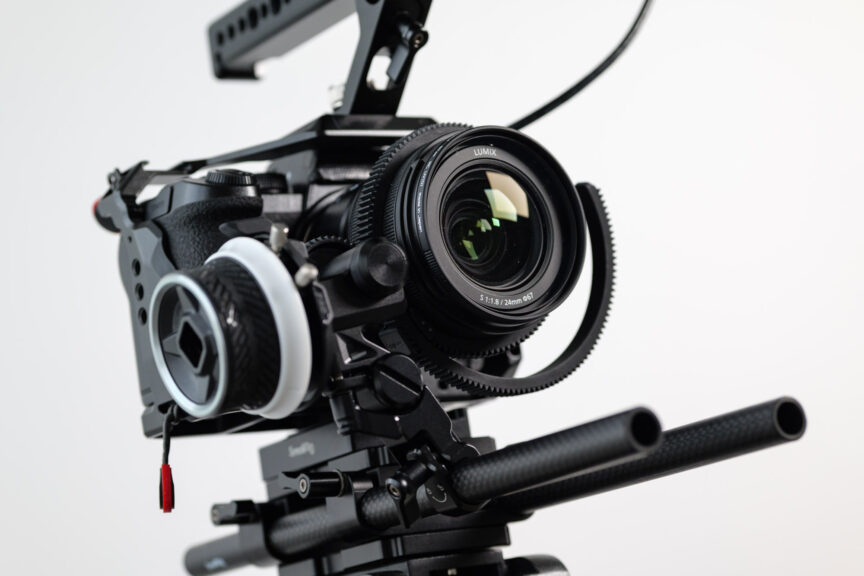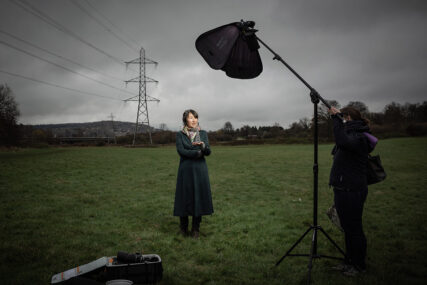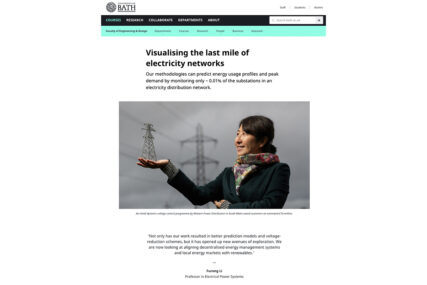This is the first in a short series of articles discussing the various pros, cons and considerations for businesses and organisations to get the most out of video. I’m going to start with a bit of background.
In the Beginning
In the beginning there were words, and words were good. Actually, images pre-date words by some considerable margin, but since Egyptian hieroglyphs are pictures which represent language, maybe it’s a moot point. I digress.
The point is, still images remain the most portable and often most potent and powerful method of disseminating information. There’s no denying though that video has exploded in popularity over the past decade.
Where Are We Now?
I don’t want to state the obvious, but let’s just recap that the power and popularity of video has its foundations in the convergence of Web 2.0 with digital cameras, followed by the rise of social media and easier access to the creative tools to bring us to where we are.
What has changed in more recent years is the refining of of the equipment and the editing software, bringing the craft within reach of anyone who understands images (namely photographers).
How Did We Get Here?
In 2008 the first full-frame digital SLR capable of video capture launched. It was “a game changer” but only in the right (experienced) hands. I wasn’t ready to offer video at that stage.
The tipping point has come with the emergence of mirrorless cameras, where the combination of stills and video capability in a single camera might be said to have come of age. It still requires more than just flipping a switch from Stills to Video, but that’s the nature of the medium, not the technology.
Where Do We Go Now?
All of the above leads to a situation where high quality video is now more accessible to a wider range of businesses than ever before. That isn’t to pretend it’s cheap or easy, but where it would previously have been impractical and excessively expensive to commission video for an SME’s communications, it can now be achieved with a far more attainable investment.
I mention it’s not cheap, but if you consider I can deliver a sequence up to 60 seconds long for a little over £1,000.00, that’s pretty astonishing. Of course overall cost depends on various factors which I’ll cover in a future article, but a few years ago that kind of budget would have left you with something you wouldn’t want associated with your brand. To have a video shot professionally and with any level of polish would have set you back £10,000.00 + and then you’d have the expense of getting it out there, most likely through paid-for advertising channels (more £££££££!).
Where Do Photographers Fit In This New Paradigm?
There are still differences between the service someone like me offers, and that of a full production company. However, like many photographers, my service is in addition to, not instead of, the Hollywood treatment. It’s a service which is positioned to give SME’s a step up into the world of video. The finer differences between this and the full production house service are an aspect I’ll discuss in another article later in this series.
I’m concentrating on in-house interviews, client testimonials and B roll (think flavour-of-the-event, office/business overview and retail events). Clips for YouTube, Vimeo, Instagram reels etc are an increasingly large part of my practice, often alongside stills work (not always practical or possible, but always worth asking about).
You can see some of my video work here.
That’s A Wrap!
If you’re not sure whether video has matured enough for your needs, I hope this article puts things in context. In simple terms, video is here, it’s more available than ever and it can be incredibly powerful.
Whether it’s right for your business is a question I tackle next time. Make sure you’re subscribed so you don’t miss it!





